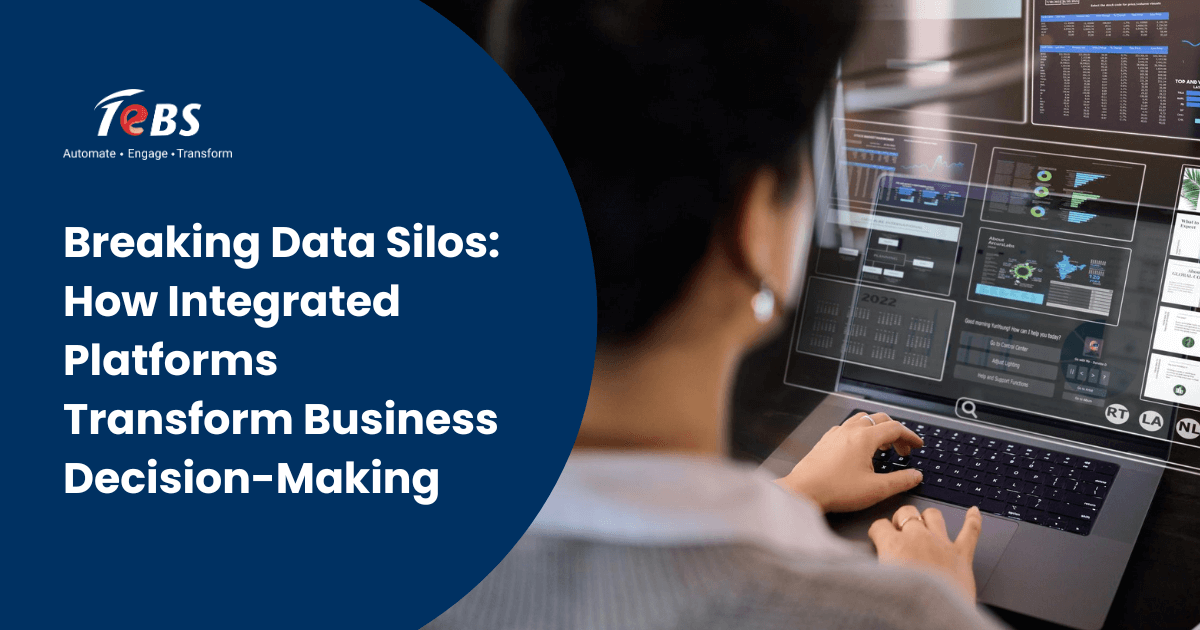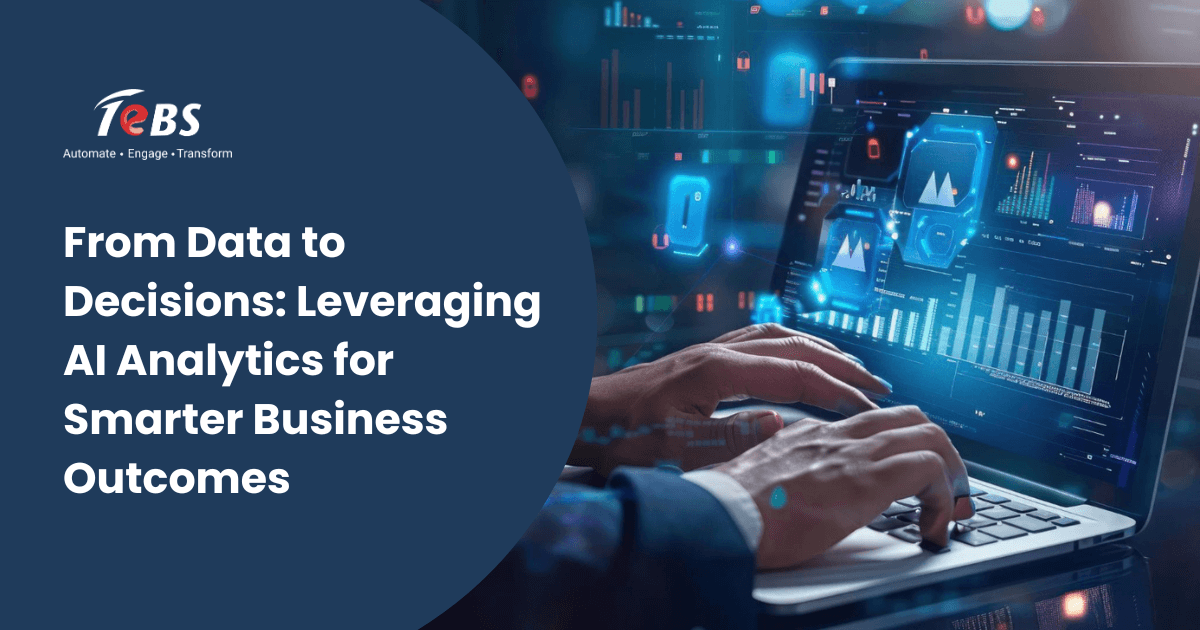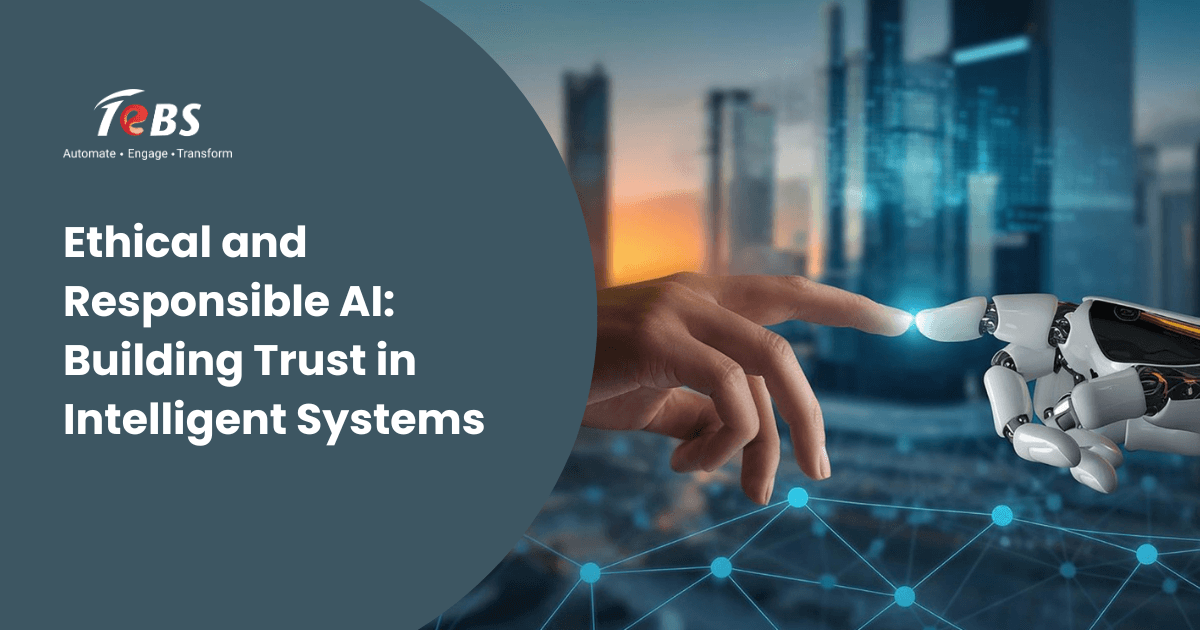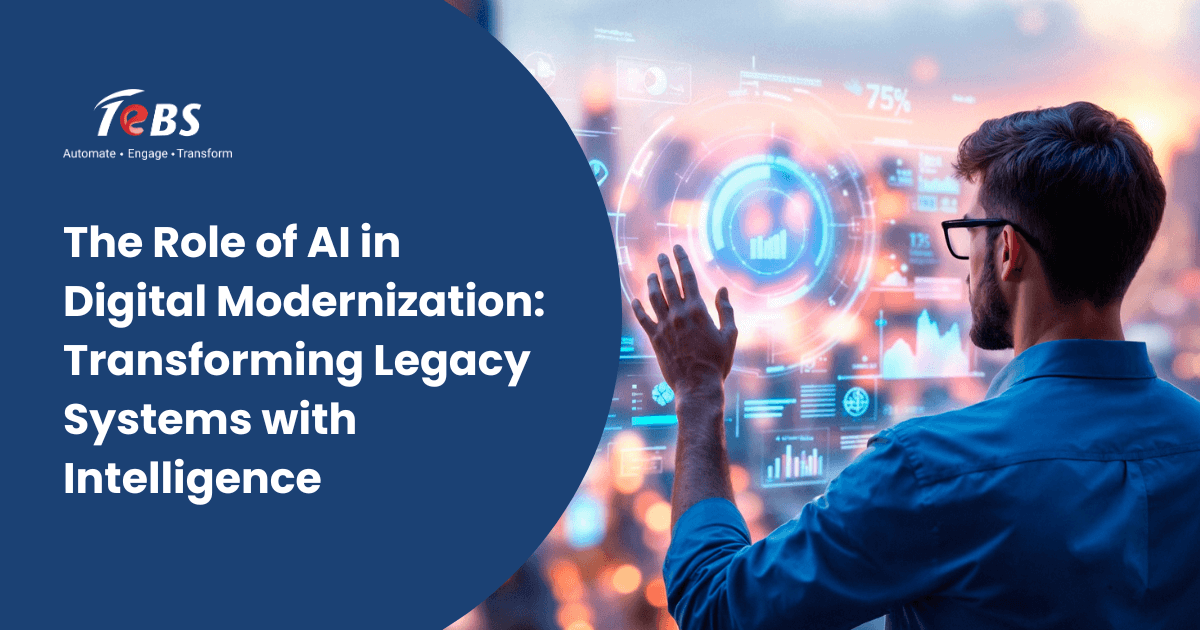Introduction
The Challenge of Siloed Data in Enterprises
Modern enterprises generate enormous amounts of data daily, spanning sales, finance, operations, marketing, and customer interactions. While data is a critical asset, its true value is often constrained by how it is stored and managed. Many organizations struggle with data silos—disconnected systems or databases where information is trapped within individual departments or functions. These silos prevent teams from gaining a holistic view of the business and hinder the ability to make timely, informed decisions.
Siloed data leads to inefficiencies, duplication of work, and missed opportunities. For instance, if marketing teams cannot access up-to-date sales data, they might create campaigns based on outdated assumptions. Similarly, finance teams may struggle to reconcile numbers with operational data, slowing down critical reporting cycles. The lack of connectivity between systems creates barriers to collaboration and can ultimately affect revenue, customer satisfaction, and competitiveness.
Why Disconnected Systems Limit Decision-Making
When data exists in isolation, organizations face several challenges:- Delayed Decisions: Decision-makers must wait for reports from multiple departments, often relying on outdated or incomplete data.
- Inconsistent Insights: Different teams may maintain their own versions of the same data, leading to conflicting analyses.
- Limited Collaboration: Departments operate in isolation, missing opportunities for cross-functional strategies.
- Inefficient Operations: Repetitive data entry and manual reconciliation waste time and resources.
In essence, disconnected systems make it difficult to see the full picture, which is crucial for both strategic planning and day-to-day operational decisions. Without the use of intelligent automation solutions, this inefficiency can grow exponentially as data volume increases.
A key step toward solving this is application modernization, which aligns legacy infrastructure with modern, data-driven systems. Learn more in our blog: The Future of Applications Begins with Modernization.
What Integrated Data Platforms Bring: Visibility and Collaboration
Integrated data platforms address these challenges by consolidating data from multiple sources into a unified environment. This approach provides several advantages:- Centralized Access: Teams across the enterprise can access the same dataset, ensuring consistency and accuracy.
- Real-Time Insights: Integrated platforms enable real-time analytics, allowing organizations to respond quickly to market changes.
- Enhanced Collaboration: Cross-departmental visibility fosters collaboration between teams, breaking down operational barriers.
- Improved Efficiency: Automation and streamlined processes reduce manual work, freeing employees to focus on value-added activities.
- These platforms are also crucial to digital workplace transformation services, which enable teams to work seamlessly across departments and geographies.
By creating a single source of truth, integrated platforms transform how businesses operate, from reporting and forecasting to strategic planning and execution.
Role of Microsoft Fabric in Breaking Silos
Microsoft Fabric is an example of a modern data platform that simplifies integration and analytics across an organization. By connecting disparate data sources, Fabric provides a cohesive environment for data storage, transformation, and analysis. Its key capabilities include:- Unified Data Lake: Aggregates structured and unstructured data from multiple sources.
- Real-Time Analytics: Offers immediate insights for faster decision-making.
- Seamless Collaboration: Teams can access shared datasets, dashboards, and reports within a centralized platform.
- Security and Compliance: Ensures sensitive information is protected while maintaining regulatory compliance. This aligns seamlessly with Microsoft Power Platform integration, enabling automation and unified workflows.
A real-world example of integrated platforms in action is seen with SUSS, where a CoPilot-powered chatbot streamlined operations and enhanced data access across departments.
Microsoft Fabric is a modern data platform that simplifies integration and analytics across an organization. According to Microsoft’s official documentation, Fabric “handles your entire data workflow, from collecting and processing data to building reports and dashboards” — making it easier to break silos and unify analytics.
Read more: How Microsoft Fabric simplifies data and AI for connected enterprises
Business Outcomes of Integrated Data: Faster, Smarter Insights
Implementing integrated data platforms delivers measurable business outcomes:- Accelerated Decision-Making: Real-time analytics reduce the time between data collection and action. With robust ai data analytics and business intelligence services, enterprises can turn raw data into actionable insights faster than ever.
- Enhanced Accuracy: Centralized data ensures that insights are based on a single, reliable source.
- Strategic Agility: Enterprises can quickly adapt to changing market conditions with comprehensive data visibility.
- Cost Savings: Automation and reduced redundancy lower operational costs.
- Better Customer Experiences: Holistic insights into customer behavior enable personalized services and proactive engagement.
By combining these platforms with advanced AI services, organizations gain the ability to automate insights, personalize customer journeys, and make intelligent decisions faster than ever.
As Gartner notes in AI‑Ready Data Essentials, organizations must ensure data is structured and ready for AI workflows to fully unlock platform value.
Also read: How AI-ready infrastructure supports smarter platform integration
Comparing Data Silos vs Integrated Data Platforms
| Factor | Data Silos | Integrated Platforms |
| Accessibility | Restricted | Unified |
| Collaboration | Minimal | Cross-departmental |
| Decision-making | Delayed | Real-time |
| Accuracy | Inconsistent | Reliable |
| Efficiency | Low | High |
| Visibility | Fragmented | Holistic |
| Innovation | Limited | Encouraged |
| Customer Insights | Partial | Comprehensive |
| Reporting | Manual & Slow | Automated & Fast |
This table highlights the stark differences between traditional siloed approaches and modern integrated platforms. The contrast illustrates why breaking down data silos is crucial for achieving operational excellence and strategic insights.
Coclusion – Transforming Enterprises with Connected Data
Connected data is a cornerstone of modern enterprise success. By breaking down silos and integrating information across the organization, businesses can unlock hidden insights, improve operational efficiency, and foster innovation. Enterprises that adopt integrated data platforms gain the agility to respond quickly to market trends, enhance collaboration across departments, and make decisions backed by reliable, real-time data.
Microsoft Fabric exemplifies the potential of integrated platforms, enabling enterprises to unify data, enhance analytics capabilities, and drive measurable business outcomes. With such tools, organizations can transition from fragmented operations to a cohesive, data-driven enterprise where every department operates in harmony.
To begin your journey toward connected data and smarter decision-making, contact [email protected] to explore solutions that break down silos and empower your enterprise.
Frequently asked questions
What are data silos in enterprises?
Data silos are isolated data storage systems within an organization where information is restricted to individual departments or teams.
How do data silos impact decision-making?
They delay decisions, create inconsistencies, limit collaboration, and reduce operational efficiency, making it difficult to gain a holistic view of the business.
What is Microsoft Fabric’s role in integration?
Microsoft Fabric connects disparate data sources, enabling unified analytics, real-time insights, and secure, collaborative data access across the organization.
How can businesses break down data silos?
By implementing integrated data platforms, centralizing data storage, fostering cross-department collaboration, and utilizing tools like Microsoft Fabric.
What is a data silo in business?
A data silo is a storage system that keeps information confined within a single department or function, inaccessible to other parts of the organization.
Why are data silos a problem for enterprises?
They lead to inefficiencies, delayed decision-making, inconsistent insights, and hindered collaboration.
How can integrated platforms break down data silos?
Integrated platforms unify data from multiple sources, provide centralized access, enable real-time analytics, and support cross-department collaboration.
What role does Microsoft Fabric play in unifying data?
Microsoft Fabric serves as a comprehensive platform to aggregate, analyze, and share data across departments, ensuring accuracy, visibility, and collaboration.
If you want, I can also optimize this content with SEO keywords and headings for web readability, making it more engaging and discoverable online. Do you want me to do that?





